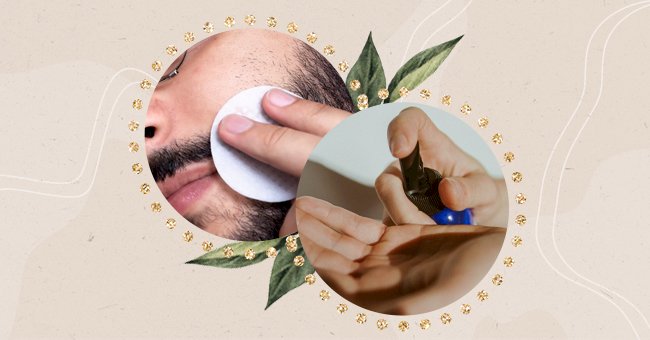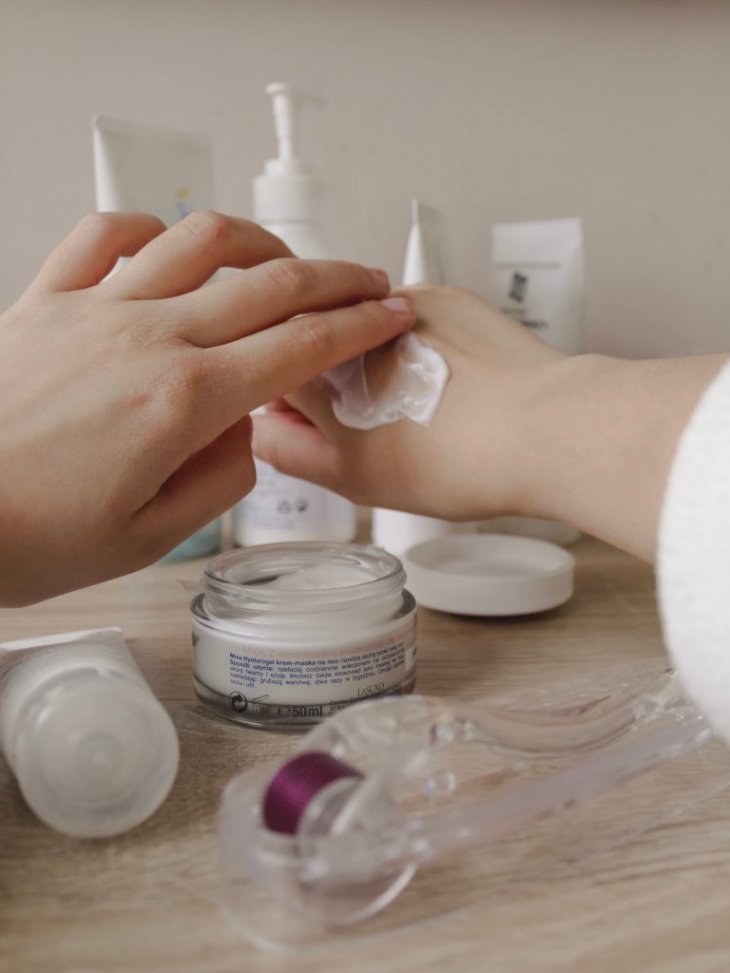
A Guide To PHAs
Beauty companies are telling us how the ingredients of our beauty products are going to benefit our skin. While we love choosing our skincare products based on our skincare concerns, we need to know all there is about PHAs before we start using them!
We love our skin, and understanding our concerns means we’ve all had to do a bit of research. Some of us may have a diploma in skincare after the in-depth digging we do about the ingredients!
But the market is ever-evolving, and there will be new chemicals and ingredients that promise to take care of all your skincare concerns! So here’s all you need to know about PHAs and if they’re a good choice for you!
What Are PHAs?

Unsplash
Polyhydroxy acids (PHAs) are a new trend in the world of skincare. They’re a type of gentle chemical exfoliant that helps smooth your skin and tackle skin concerns like scars and signs of aging!
The acid falls under the AHA family and is similar to acids in that family, like lactic and glycolic acids. PHAs appear as lactobionic acid, galactose, and gluconolactone, but their molecules are larger than AHAs.
How Do They Work?

Unsplash
Because of their size, PHAs are a lot more gentle on your skin than an AHA. They are humectants, and they’ll keep your skin moisturized while gently exfoliating your skin.
The PHAs also contain antioxidants, and they also help combat inflammation. In addition, they don’t penetrate your skin as deeply as an AHA or BHA, so you’ll also not be risking sunburn as much as the others.

Shutterstock
Because they’re so gentle, you can use PHAs on sensitive skin, but they’ll work great on all skin types! But they also make a great addition to your skincare routine if you’re dealing with dry skin.
It’s especially helpful to dry skin because the humectants help lock in moisture. It’s like a miracle ingredient that helps tackle all your skincare concerns and keeps your skin hydrated!
Side Effects From PHAs

Photo by Anastasiia Ostapovych on Unsplash
Because PHAs are such gentle exfoliants, there aren’t many side effects. But, unfortunately, we can always still react, so it’s best to always do a patch test before incorporating it into your regimen!
Combining PHAs With Other Products To Boost Your Skin Barrier

Unsplash
PHAs work best when left on your skin, so they’ll be in products like your moisturizers, masks, liquid exfoliants, and even toners. But if you want to tackle your skin’s concerns, you should be focused on building and repairing your skin barrier.
To do this, you can combine PHAs with ingredients like ceramide, hyaluronic acid, glycerin, and peptides to help lock in the moisture! You’ll build your skin barrier in no time and get that glow from within!

Unsplash
You can also combine it with retinoids or hydroquinone when tackling scarring, pigmentation, and signs of aging. But you should check with your dermatologist about using it after procedures like laser therapy and microdermabrasion.
It’s a great ingredient to boost hydration, but you can also use an AHA or BHA to tackle your pigmentation better. Remember always to be careful with exfoliants because there is such a thing as over-exfoliating!